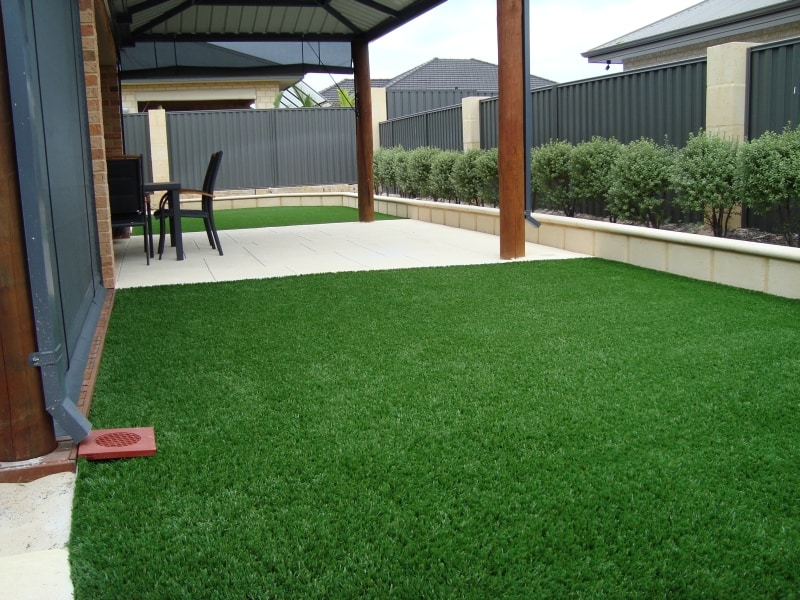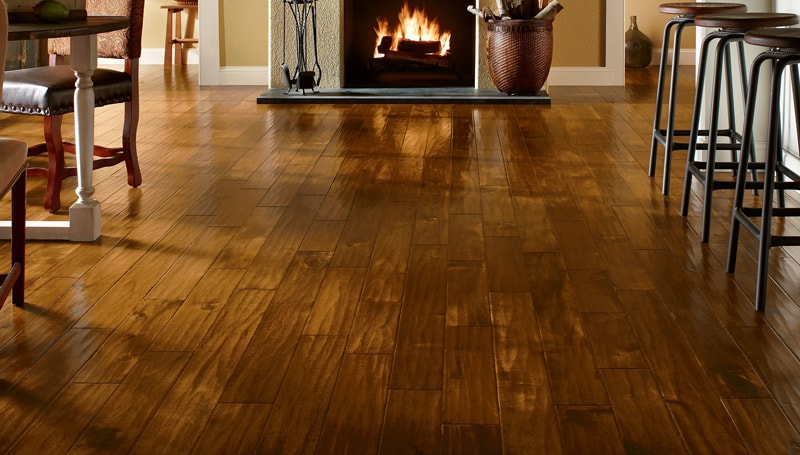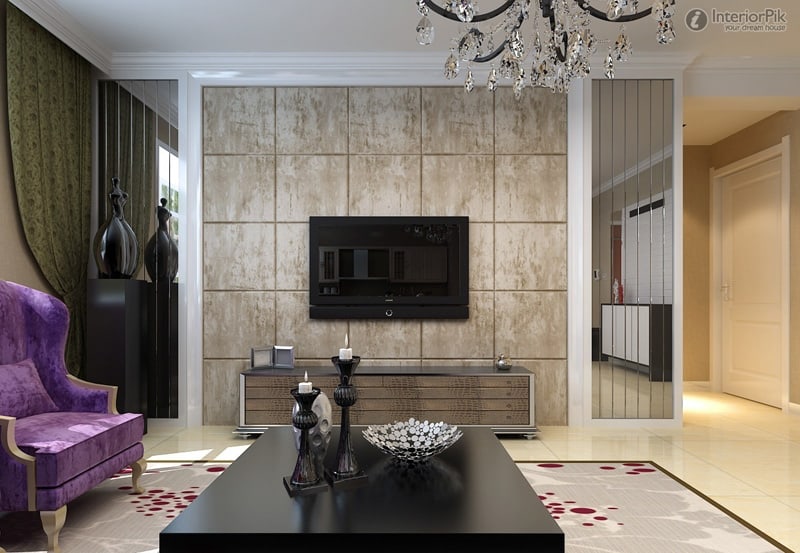If you can’t make, fake it – but basing some aspects of your interior design overhaul on this rule doesn’t mean you need to compromise for something cheap looking or with poor functionality. Sometimes, with certain types of ‘artificial’ of ‘faux’ products, what you’re using to fake it can even be better than the real thing – and cheaper, too. Now who doesn’t love that?!
Our latest guest post takes a run through four popular interior design elements that virtually any home can incorporate – and we also give you tips on exactly why the artificial approach is, in these instances, far better than the real deal!
1. Artificial Grass – Inside & Out!
Why Does It Work?
All the luscious appeal of a healthy, green and well-cultivated lawn but without any of the maintenance or delicate care – what’s not to love? It’s perfect for areas that, say, don’t see a lot of sunlight or experience too much traffic to not be churned up and looking rather bare.
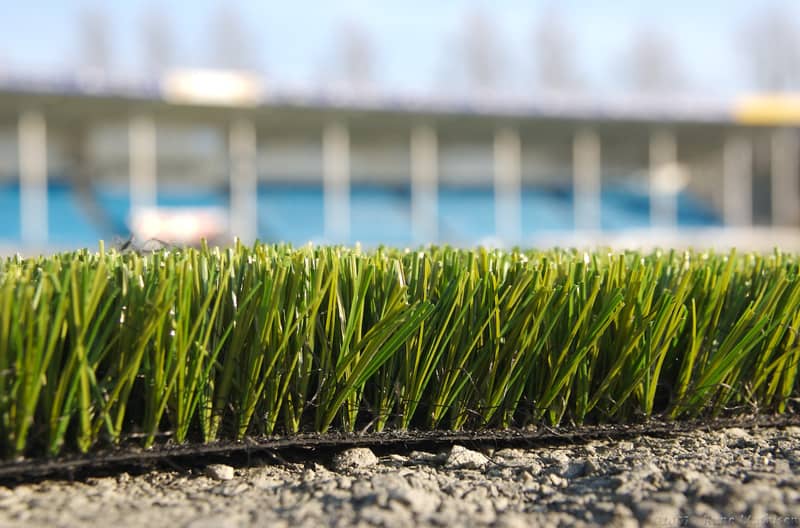
Winter plays havoc with real grass, and keeping it healthy can be an absolute nightmare – one slip and you’re looking at a thin, muddy wasteland until April. Generally more expensive than turf but with consistent, hassle free results it’s definitely worth considering faking!
2. Laminate or Engineered Flooring
Why Does It Work?
We all love the variety of interior design styles that you can use wooden flooring in, with lighter woods helping to create a light, minimalistic feel whereas darker woods might take you down a more traditional route. They can look fantastic, and tend to retain their visual appeal a little longer compared with, say, carpets.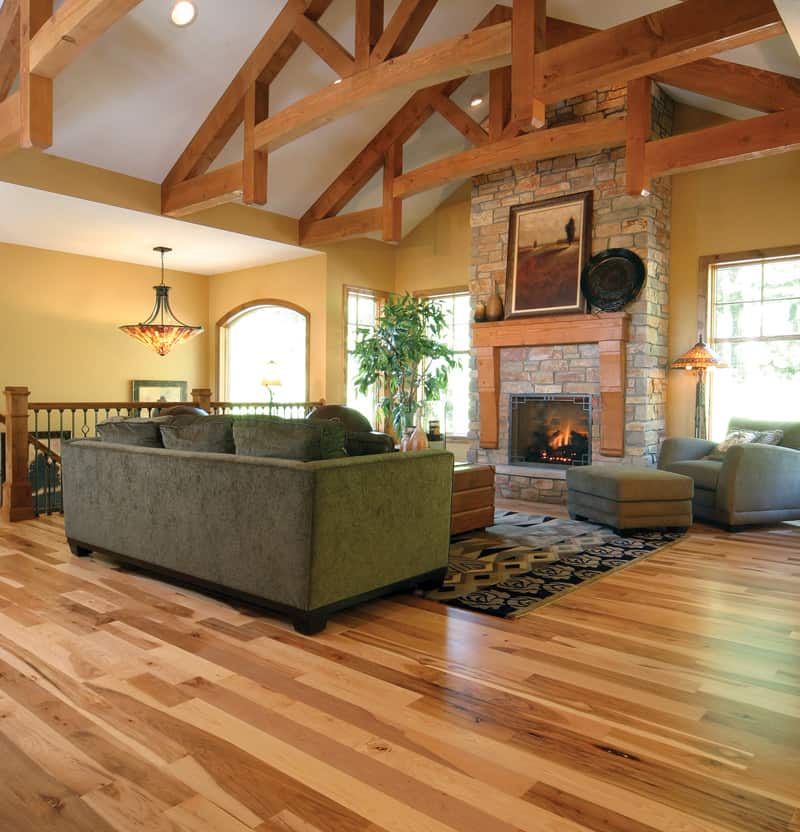
Why Does It Work?
Natural stone is another one of those traditional materials that looks absolutely amazing, and we all want to replicate, but come laden with awkward pitfalls that modern alternatives have left far behind. Popular for areas like bathrooms, kitchens and patios, the porous nature of all natural stone means that it has to be properly treated and sealed initially, and then requires regular maintenance to ensure that it doesn’t suffer from a damaged appearance from regular contact with water.
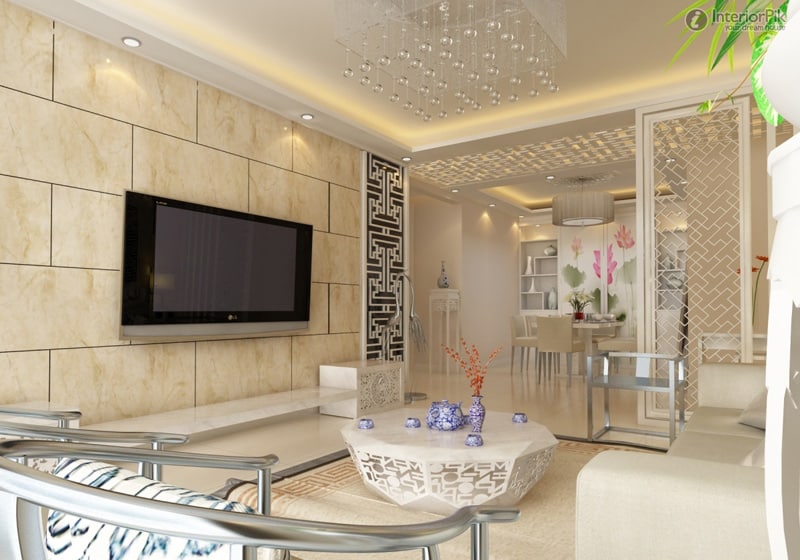
Replacing the real deal with stone-effect tiling eliminates this, as they usually don’t require any treatment at all – but they still give you the stylish and contemporary look you’re after. Result!
Why Does It Work?
We’ll cut to the chase on this one – leather is expensive, and this is especially apparent if you’re trying buy a three-piece suite for your living room. If you’re on a budget, or don’t fancy sinking considerable amounts into a couple of sofas, then faux is the way to go.
Cost benefits aside, you’ll also find real leather a bit of a nightmare to keep clean and to have reupholstered when compared to the faux stuff; a quick wipe down every now and then is all you need to keep your faux-leather clean, which is ideal for dealing with those inevitable spills and stains.
This guest post was written by interior design blogger Tom McShane, working alongside UK-based experts Factory Direct Flooring.

